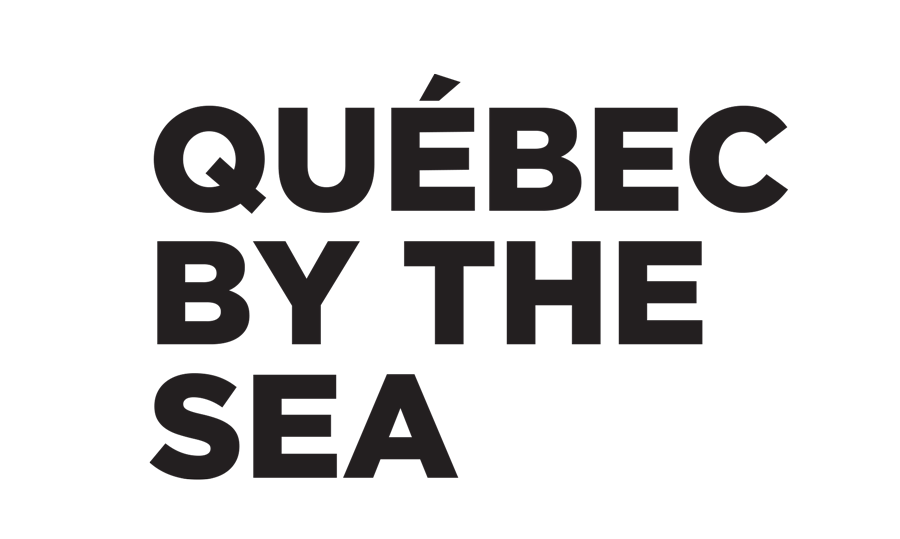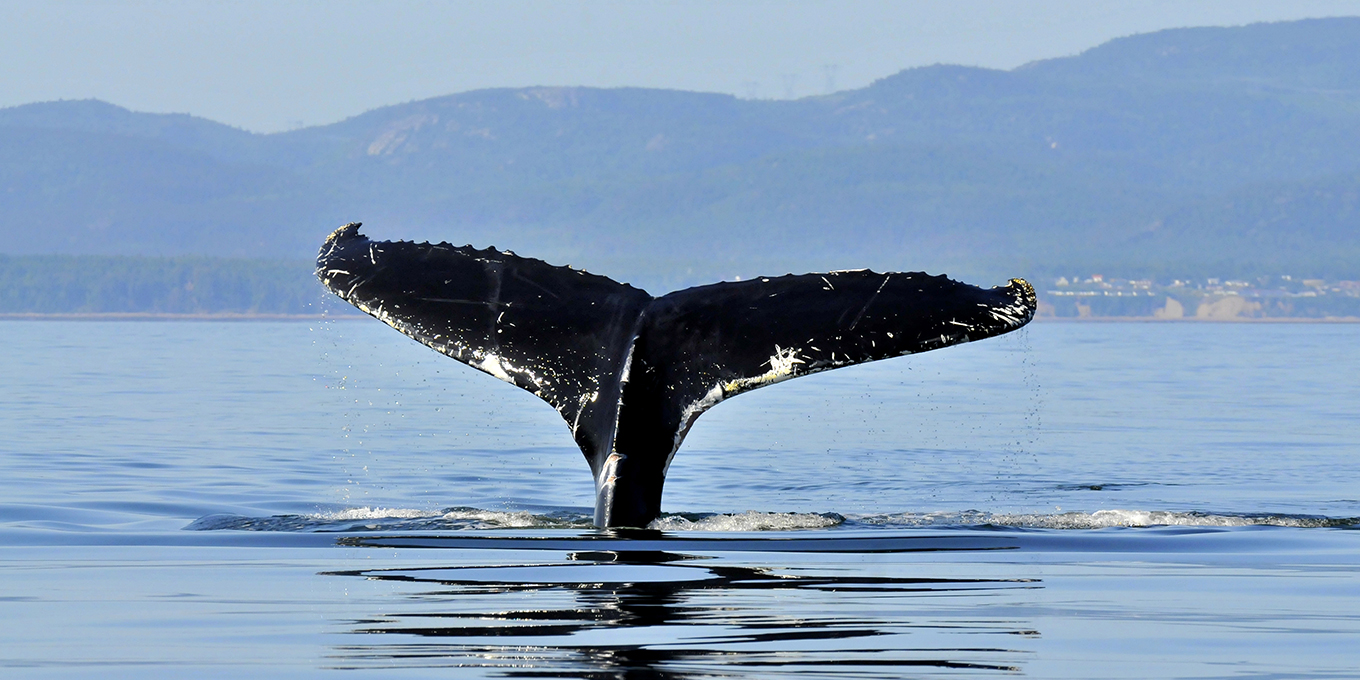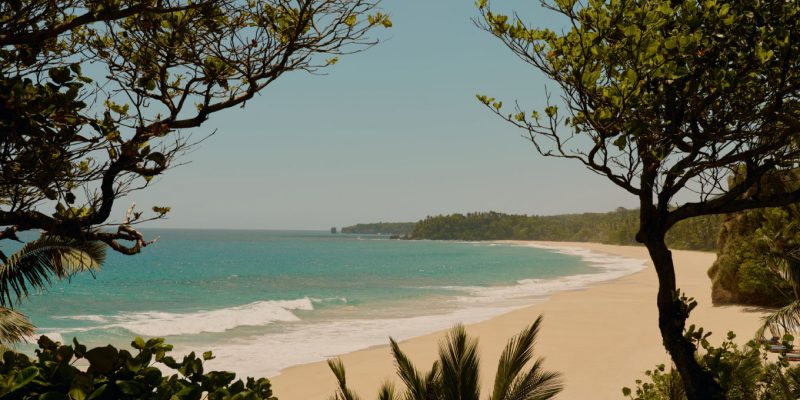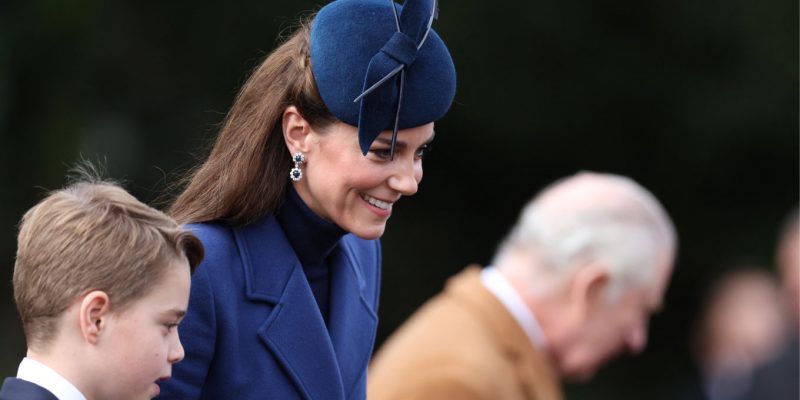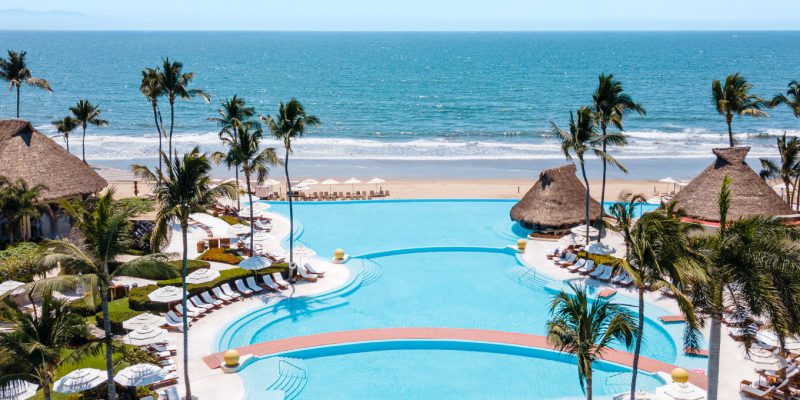Travel
Embrace Slow Travel in Québec by the Sea
Outdoor adventure, enchanting wildlife and seafaring culture await in Eastern Québec.
by : ELLE Canada- Mar 31st, 2021
There’s a place in Eastern Canada where the mighty St. Lawrence River meets red cliffs and white crescent beaches; where caribou thunder across the tundra and puffins strut on emerald bluffs; where maritime culture shaped by a long history of life at sea welcomes you warmly. Eastern Québec, known as Québec by the Sea, encompasses four regions: Bas-Saint-Laurent, Gaspésie, Côte-Nord and the Îles de la Madeleine. From kayaking remote waterways to hiking through alpine forest to tucking into a steaming plate of fresh-from-the-sea shellfish, each region’s unique flavour is worth savouring.
Wide Open Spaces
Stretching from sea to mountain peaks, Québec by the Sea is home to 10 national parks as well as countless wildlife reserves. In Bas-Saint-Laurent, along the St. Lawrence Estuary, is Parc national du Bic. Cycling along the park’s coastline, visitors will spot seals basking in sunny coves and bays and seabirds nesting on craggy capes. At the end of the day, steep in a technicolour sunset at the top of Pic Champlain, the highest peak of the Murailles Massif.
With more than 25 mountains at over 1,000 metres high within its borders, Parc national de la Gaspésie is a hiker’s dream. A vast network of trails peppered with huts and campsites winds through a forest filled with rare alpine plants and flowers. In the summer, adventurers will share the path with woodland caribou and moose.
For experienced paddlers, the Mingan Archipelago National Park Reserve in Côte-Nord offers a remote adventure through waterways dotted with wind-carved limestone monoliths and the occasional puffin. And in the Îles de la Madeleine, endless coastlines made up of sandstone cliffs, white-sand beaches and rolling green hills await exploration.
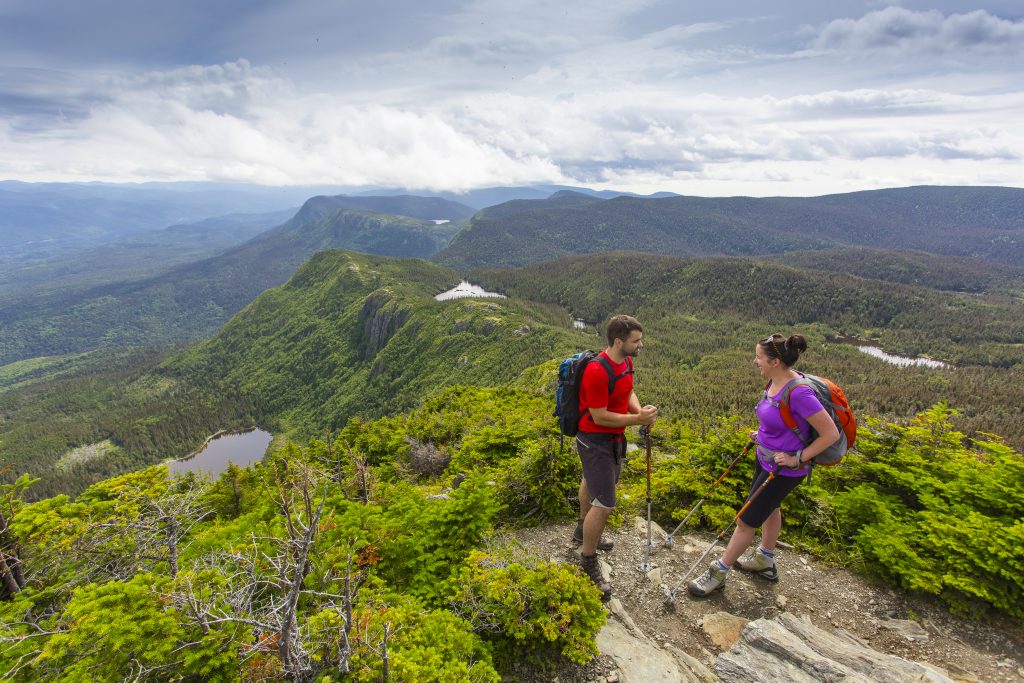 ©Mathieu Dupuis/Le Québec maritime
©Mathieu Dupuis/Le Québec maritimeWildlife Encounters
Thirteen whale species, four seal species and over 100 different types of birds call Québec by the Sea home. Côte-Nord is one of the best places in Canada to spot whales and other marine mammals, as they spend the summer here feeding in the cold waters of the St. Lawrence. Head out into the Saguenay-St. Lawrence Marine Park on a Zodiac or a boat to catch a glimpse of humpback whales, harbour porpoises and, if you’re lucky, the endangered blue whale. In Gaspésie, Bonaventure Island shelters the largest migratory bird refuge in North America; it has the most accessible colony of northern gannets – numbering more than 100,000 – in the world.
It’s common to spot harbour seals and grey seals throughout Eastern Québec in the summer months. Catch sight of them in Bas-Saint-Laurent from the rocky shores of Parc national du Bic, while sea kayaking in Gaspésie’s Forillon National Park or along the shorelines of the Îles de la Madeleine.
 ©Marc Loiselle/Le Québec maritime
©Marc Loiselle/Le Québec maritimeMaritime Culture
While other parts of Canada boast large swathes of wilderness, warm maritime traditions and a rich history set Québec by the Sea apart. It is said that the Îles de la Madeleine have always inspired creativity, and many of Eastern Québec’s artists and artisans live there. The islands are peppered with studios and shops housing artisan pottery, blown glass and jewellery, as well as independent eateries serving up lobster and seafood plucked straight from the sea.
A historic lighthouse trail winds through Québec by the Sea, connecting 40 different lighthouses. In Bas-Saint-Laurent, visitors will find three of the most iconic of these nautical towers, including the oldest on the St. Lawrence.
To learn about the region’s history, head to Gaspésie, where the French first arrived in Canada. In the town of Gaspé, a heritage trail and historic site provide a window into early settler life. Get to know the region’s Indigenous peoples on the north side of Gaspé Bay, where the Micmac Interpretation Site of Gespeg introduces travellers to the Mi’gmaq Nation’s vibrant culture and history. In Côte-Nord, visit interpretation sites such as Vieux-Poste de Sept-Îles and Parc Nature de Pointe-aux-Outardes to learn about the Innu history and way of life.
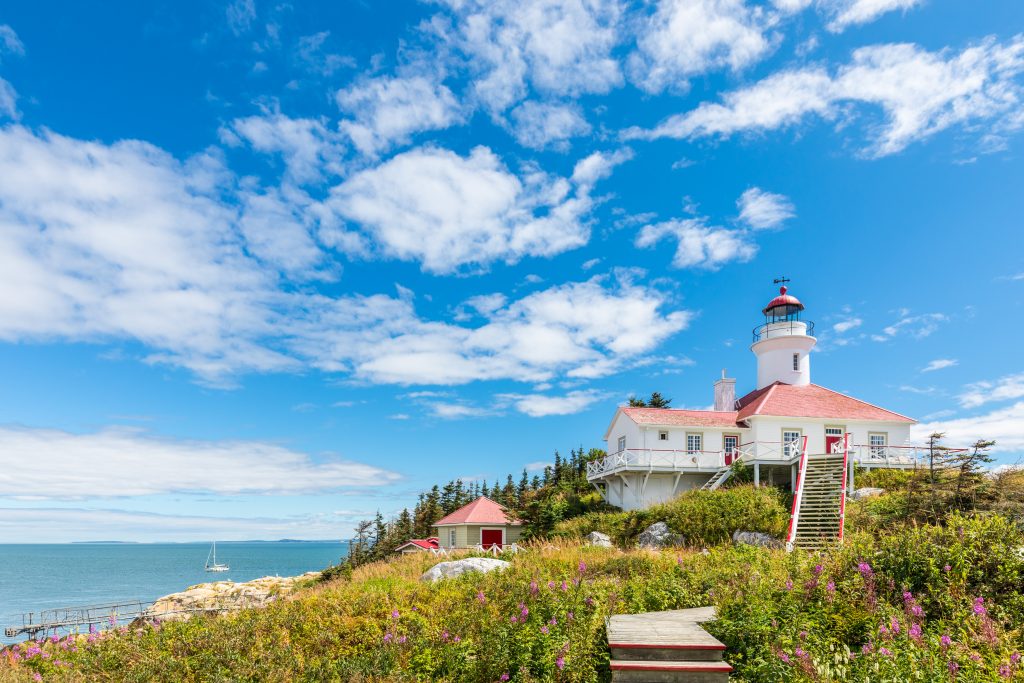 ©Mathieu Dupuis/Le Québec maritime
©Mathieu Dupuis/Le Québec maritimeIslands and Waterways
With over 3,000 kilometres of coastline, the St. Lawrence shapes the way of life for the people of Eastern Québec. Waterways, islands and beaches are at the heart of the Québec by the Sea experience, and there are countless ways to explore them.
In Bas-Saint-Laurent, multiple kayaking routes snake through the Kamouraska archipelago, a constellation of islands cast against the Charlevoix mountains. Along the region’s coastlines, travellers can bask in the setting sun while watching the tide and boats coming into port or try fishing off the wharf.
Fishing is still integral to the economy in Eastern Québec, and in Gaspésie and Îles de la Madeleine, the arrival of lobster in the spring is marked by colourful celebrations. Thousands of silver capelin also flood the beaches of Côte-Nord at this time of year. For a contemplative seaside experience, feel time slow down with a day on one of the Îles de la Madeleine’s white-sand beaches, which meet towering ochre cliffs.
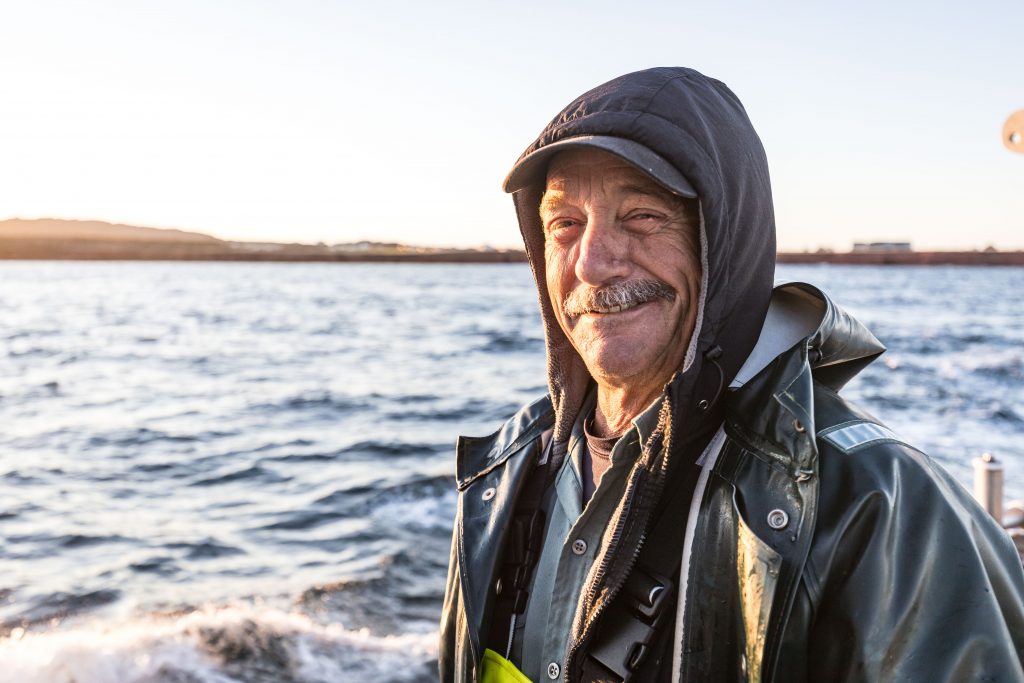 ©Mathieu Dupuis/Le Québec maritime
©Mathieu Dupuis/Le Québec maritimeWhether spotting wildlife on an outdoor adventure or experiencing Québec by the Sea through its food and history, visitors to this unique part of Canada will rediscover the joy of travel.
Words by Chloe Berge
Newsletter
Join our mailing list for the latest and biggest in fashion trends, beauty, culture and celebrity.
Read Next

Fashion
Are Fashion Brands Getting Greener?
While the fashion industry is making a lot of noise about being more sustainable, a closer look shows that its earth-friendly commitments are often more illusion than reality.
by : Marouchka Franjulien- Apr 19th, 2024

Beauty
What Beauty Packaging Is Actually Sustainable?
We sought out leaders in the field to help us get to the bottom of the blue bin once and for all.
by : Victoria Christie- Apr 19th, 2024

Beauty
Tested and Approved: Your New Hydrating Skincare BFF
This new product has all of your skin’s thirst-quenching needs covered.
by : ELLE Canada- Apr 17th, 2024

